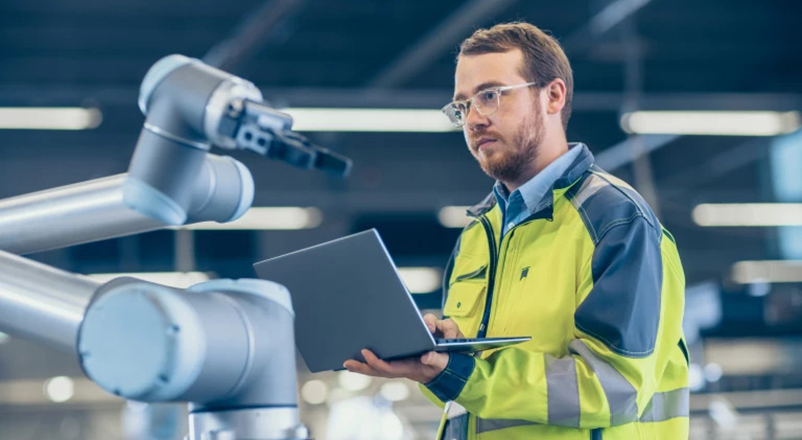
Adaptive Resilience is the capability of a system—whether a facility, enterprise, supply chain, or entire ecosystem—to anticipate, absorb, adapt to, and recover from disruptions while continuing to meet critical objectives. In the 5IR context, it blends physical resilience (infrastructure, energy, logistics) with digital resilience (data, AI, automation) to sustain operations in a constantly evolving risk landscape. Unlike static resilience measures, adaptive resilience dynamically reconfigures resources and workflows in real time, using predictive analytics, autonomous systems, and intelligent decision frameworks.
In a hyperconnected world where disruptions—technical, geopolitical, operational—are inevitable, resilience can no longer be an afterthought. Adaptive Resilience ensures that mission-critical operations remain functional under stress, and that recovery is accelerated through intelligent response strategies. This is particularly important in 5IR deployments, where interdependent systems—energy, compute, supply chains, autonomy—can cascade failures if not actively monitored and adjusted.
Anticipation
Predict likely disruptions before they occur using modeling, simulation, and AI-driven early warning systems.
Example: AI-driven demand forecasting alerts a gigafactory to upstream material shortages weeks in advance.
Absorption
Design systems to withstand shocks without complete operational shutdown.
Example: Microgrids with BESS absorb a grid outage, keeping a semiconductor fab running.
Adaptation
Dynamically reconfigure resources, workflows, or supply routes in response to changing conditions.
Example: Autonomous logistics fleets reroute in real time due to port closures.
Rapid Recovery
Accelerate the return to full operational capability after disruption.
Example: Digital twins guide post-disaster equipment replacement and calibration.
Continuous Learning
Integrate lessons learned into updated operational protocols and system designs.
Example: After a heatwave, HVAC AI algorithms are retrained for earlier thermal load balancing.
▢ Digital Twins - Provide real-time system state awareness and scenario testing.
▢ Predictive Analytics - Forecast disruptions and optimize proactive measures.
▢ Automation & Robotics - Maintain operations in hazardous or degraded conditions.
▢ Edge Computing - Enable local decision-making when connectivity is impaired.
▢ AI Decision Support - Recommend or execute mitigation strategies at machine speed.
▢ Resilient Infrastructure - Hardened facilities, redundant systems, and modular components.
▢ Interdependency Complexity: Cross-domain links can create cascading failures.
▢ Data Gaps: Lack of complete, high-quality data limits predictive capabilities.
▢ Change Management: Resistance to modifying long-standing operational processes.
▢ Cyber-Physical Risks: Threats can be both digital and physical, requiring integrated defense strategies.
▢ Cost vs. ROI: Justifying the expense of advanced resilience measures before disruption occurs.
▢ Implement resilience-by-design principles from the earliest stages of facility or system development.
▢ Use modular architectures to make systems easier to reconfigure under stress.
▢ Maintain redundant supply and energy pathways to reduce single points of failure.
▢ Integrate cross-domain security frameworks covering both IT/OT and physical systems.
▢ Build simulation and training environments so operators and AI models can practice disruption scenarios.